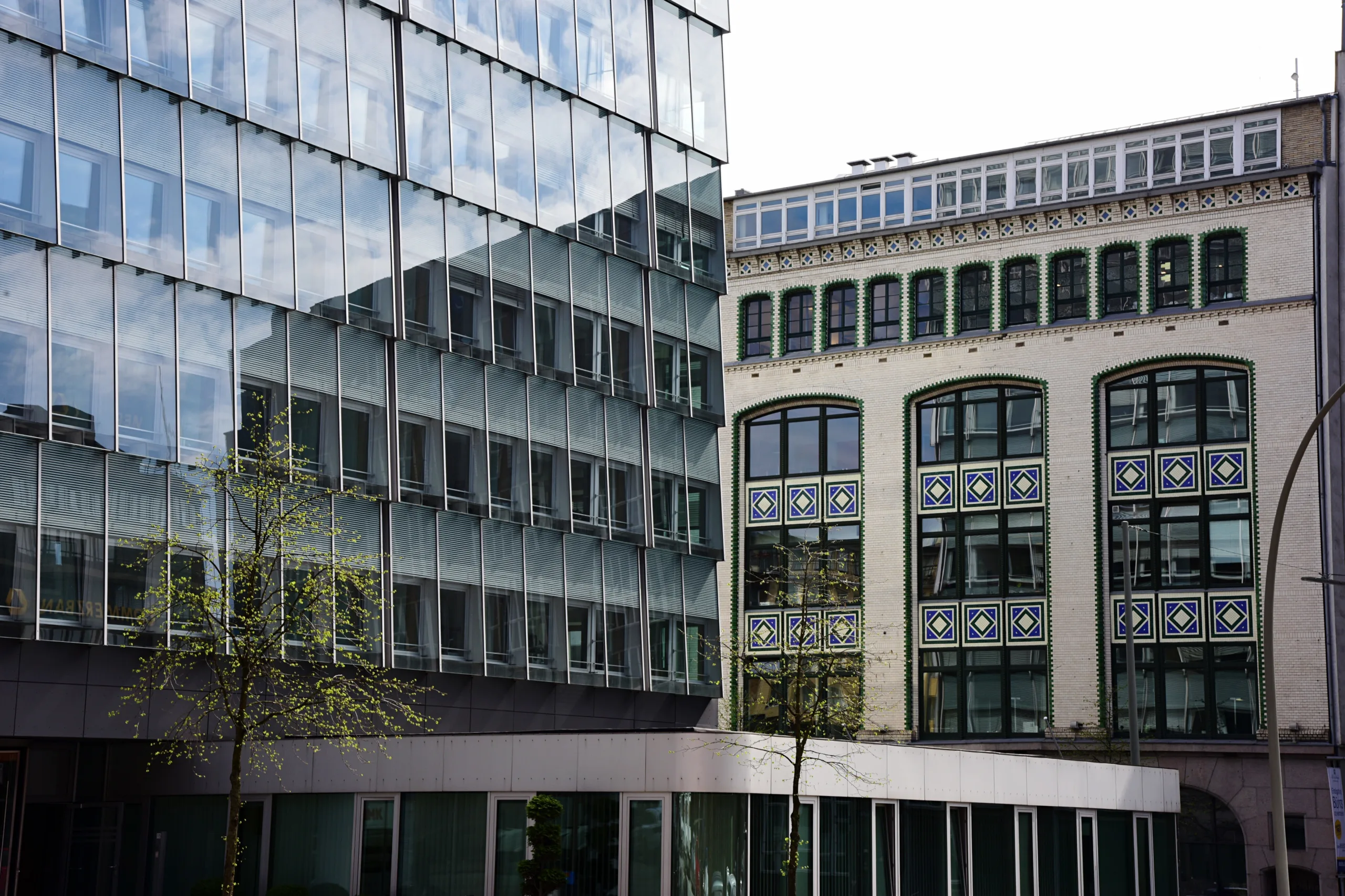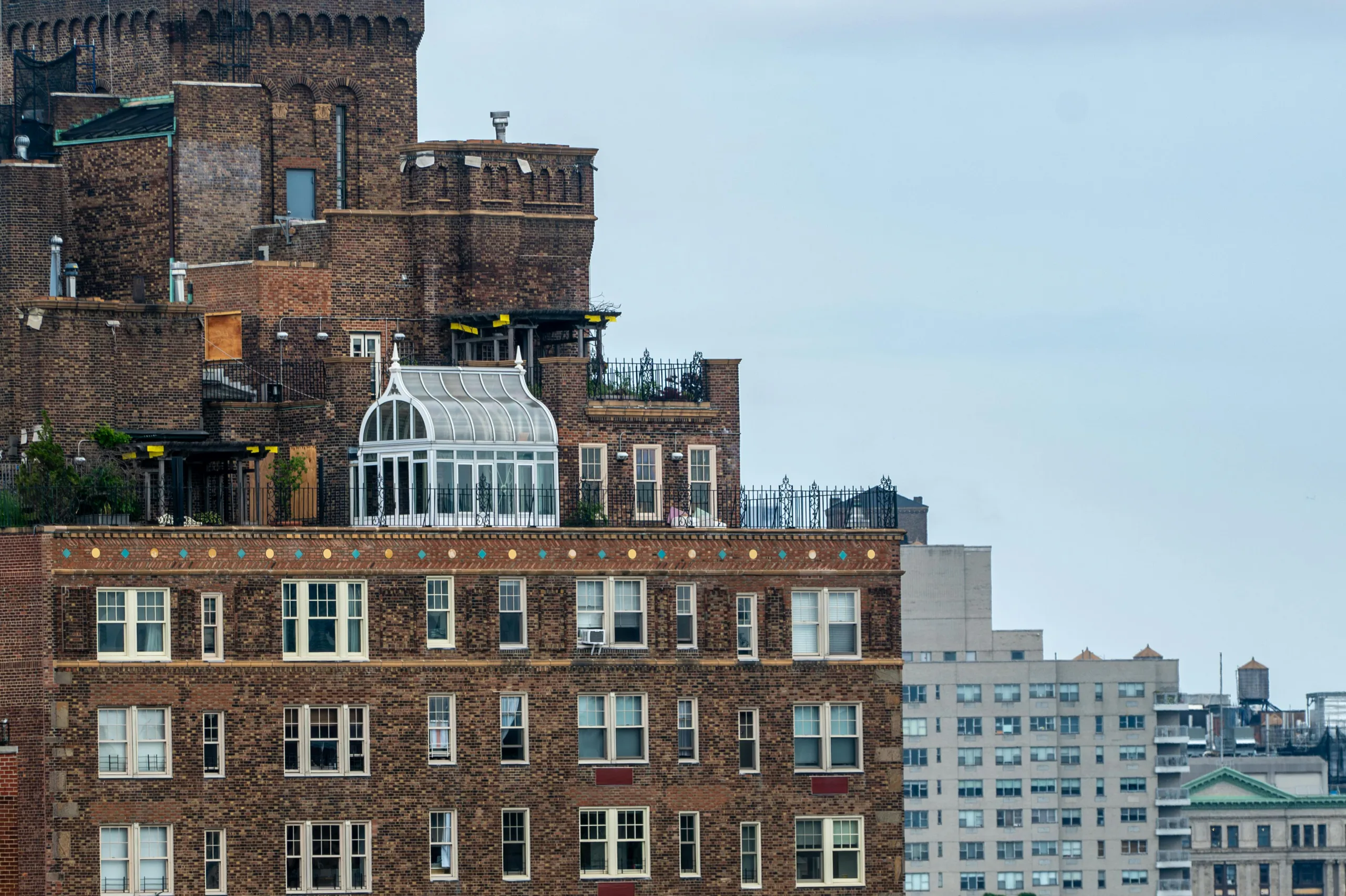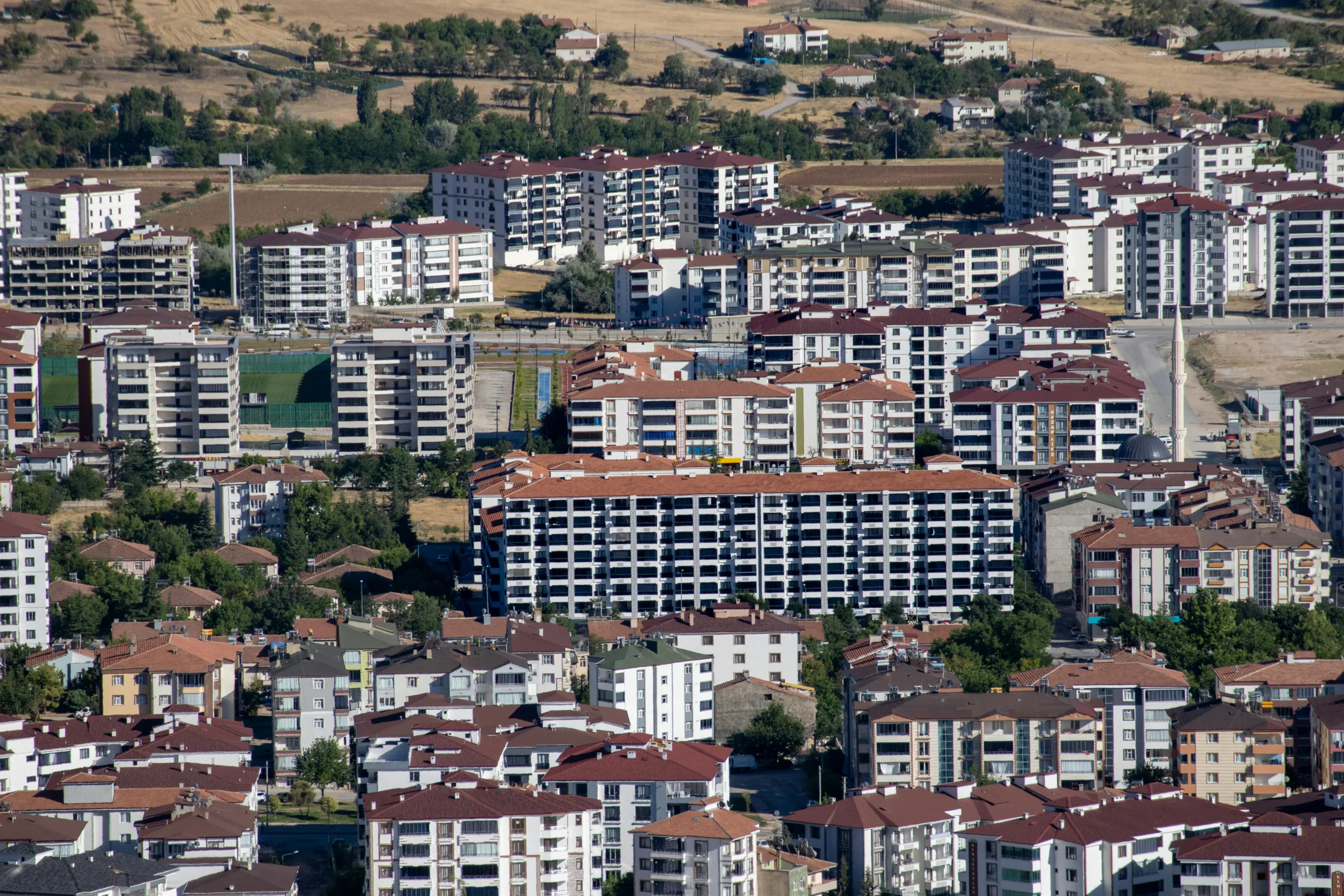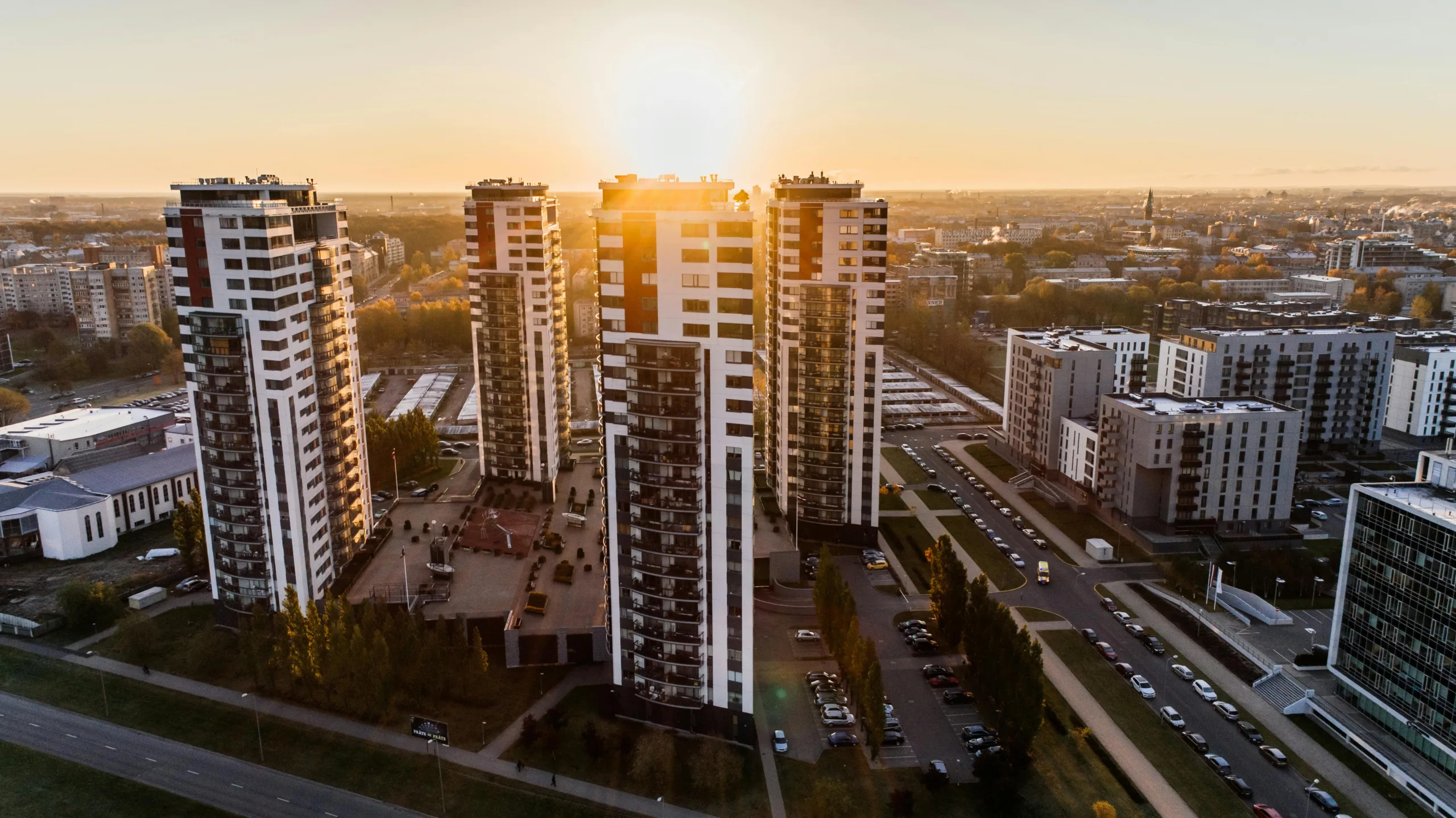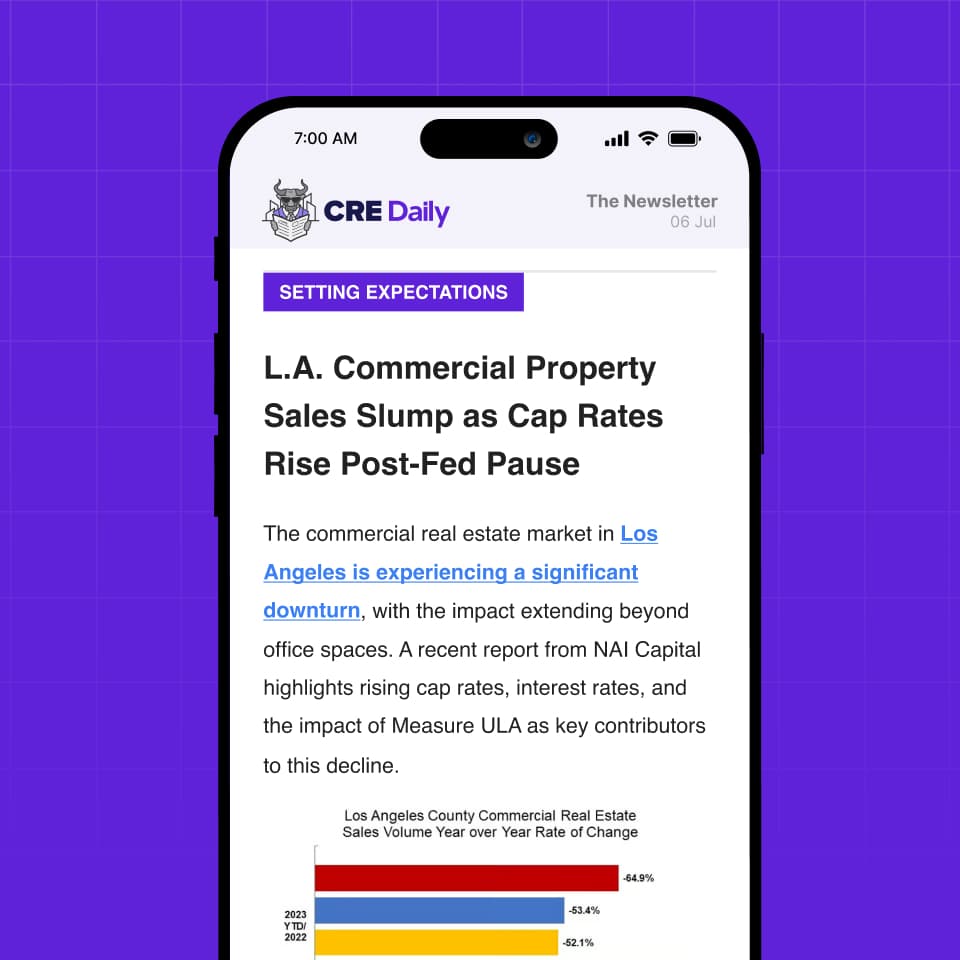- Aging Class-B office buildings in Dallas-Fort Worth are gaining leasing momentum thanks to high-end renovations and modern tenant amenities.
- Projects like the Galleria Office Towers show that multimillion-dollar upgrades can transform vintage buildings into trophy-quality contenders.
- While some Class-B buildings are thriving, location challenges and rising costs still hinder broader recovery across the nonprime segment.
Breathing New Life Into Old Buildings
Trophy office space continues to lead the Dallas-Fort Worth market, but some older buildings from the 1980s and 1990s are making a comeback. These properties are attracting tenants by investing heavily in upgrades. The improvements go beyond cosmetic changes, adding amenities that rival those in new Class-A buildings, reports Bisnow.
Prime office space in DFW has a vacancy rate of just 14.5%. In contrast, nonprime space sits above 19%. That gap is putting pressure on aging properties to stay relevant. Developers and owners are responding by adding fitness centers, revamped lobbies, spec suites, and hospitality-inspired touches like coffee bars and WiFi-enabled courtyards.
Get Smarter about what matters in CRE
Stay ahead of trends in commercial real estate with CRE Daily – the free newsletter delivering everything you need to start your day in just 5-minutes
The Galleria Playbook
One of the most notable examples is Piedmont Realty Trust’s Galleria Office Towers. The three-building complex was originally renovated by CBRE Global Investors for $27M. Piedmont later acquired it for nearly $400M in 2020. Post-pandemic, Piedmont added another $9M in upgrades, helping turn the towers — especially Three Galleria Tower — into top leasing performers.
The results speak for themselves: 140K SF of new leases were signed in Q2 2025, including 93K SF by Marsh McLennan and 46K SF by Burns & McDonnell. Modern amenities and a prime Tollway location helped seal the deals.
Why It Matters
For DFW, which is projected to become the nation’s third-largest metro by 2030, these upgraded offices are more than a short-term fix. They’re essential in attracting a more educated workforce and supporting job growth. According to Colliers, Class-B buildings with the right upgrades have seen rents rise by nearly $3 PSF in five years, now averaging $24.25.
Still, the strategy isn’t universally successful. Location remains critical. Some Class-B and Class-C buildings in less desirable areas, like Mid-Cities, aren’t seeing the same interest — even with significant investment.
What’s Next
The success of repositioned offices hinges on continued tenant demand and competitive amenities. Trophy assets will remain in high demand. However, renovated Class-B properties offer a compelling, cost-effective alternative. They are especially appealing to companies returning to the office in a market where quality is increasingly non-negotiable.
Expect more owners to pursue value-add strategies, especially as occupiers seek out spaces that blend function, comfort, and convenience in a post-pandemic world.




